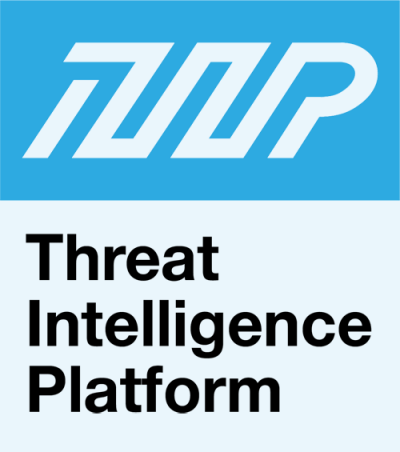

|
||
|
||
In 2020, reports say 94% of malware were delivered via email. Phishing remains a threat, as it accounts for more than 80% of security incidents that can cost victims almost US$18,000 per minute. To protect against such threats, organizations use a variety of strategies that sometimes include blocking traffic coming from malicious IP addresses.
Several connected domains can resolve to the same IP address, however. And not all of those domains are malicious. Some may even belong to legitimate companies that your organization may not wish to block (e.g., partners, suppliers, etc.). Other connected domains, on the other hand, may be part of the same suspicious infrastructure and may be related to web properties you need to stay away from.
The question in each case then becomes: What are those potentially connected domains? And what should you do about them? Reverse IP lookup APIs like the one provided by Threat Intelligence Platform (TIP) can help provide an answer to these questions.
Reverse IP Lookup API lets users get a comprehensive list of all the domains and subdomains hosted on the same IP address. For those who want to protect their network against spam and other malicious emails but don’t want to miss out on legitimate communications, there is a possibility to block particular domains instead of their host IP address.
Those that may be unknowingly sharing a host with malicious web properties that don’t want to get blacklisted by companies that employ IP-level blocking can benefit from reverse IP lookups, too.
To demonstrate the usefulness of reverse IP APIs, we obtained a list of 50 malicious IP addresses as of 9 April 2021 from Abuse.ch’s ThreatFox.
Subjecting these to reverse IP API lookups yielded a list of at least 338 connected domains and subdomains. But as has been said earlier, just because a domain’s or subdomain’s host IP address is malicious doesn’t mean all of the domains and subdomains that resolved to it at one point in time are.
From the list of 25 malicious IP addresses, for instance, we analyzed 31[.]220[.]4[.]216. A reverse IP API lookup showed it is connected to three domains—cashout2018[.]ddnss[.]de, egircollector[.]net, and nonamefree[.]ru. Checks on a publicly accessible threat database showed that of these, only cashout2018[.]ddnss[.]de is malicious. In that case, blocking the IP address may not be a good idea, especially for companies that may theoritically do business with egircollector[.]net, and nonamefree[.]ru. Instead, blocking access to and from cashout2018[.]ddnss[.]de may be more granular.
The same is true for the malicious IP address 3[.]22[.]53[.]161, which resolved to two domains—2[.]tcp[.]ngrok[.]io and ec2-3-22-53-161[.]us-east-2[.]compute[.]amazonaws[.]com. While 2[.]tcp[.]ngrok[.]io is malicious, ec2-3-22-53-161[.]us-east-2[.]compute[.]amazonaws[.]com is not at the time of writing and could belong to any of your stakeholders that use Amazon Web Services (AWS) servers. Blocking the IP address would thus might not be good for your business. Blocking 2[.]tcp[.]ngrok[.]io, however, is necessary.
If your company owns any of the nonmalicious subdomains and want to make sure you don’t end up on any organization’s blocklist, it may be a good idea to consider changing your IP address with the help of your Internet service provider (ISP). That way, your corporate emails and other communications will get to their intended destinations should any of your contacts employ IP-level blocking.
While IP-level blocking may work at keeping threats at bay, the strategy could have unintended repercussions, too. Missing out on business opportunities due to overblocking or blacklisting is one of them. But as the demonstrations showed, that situation can be managed with the aid of a reverse IP lookup API.
Sponsored byWhoisXML API

Sponsored byVerisign

Sponsored byDNIB.com

Sponsored byCSC

Sponsored byVerisign

Sponsored byIPv4.Global

Sponsored byRadix
